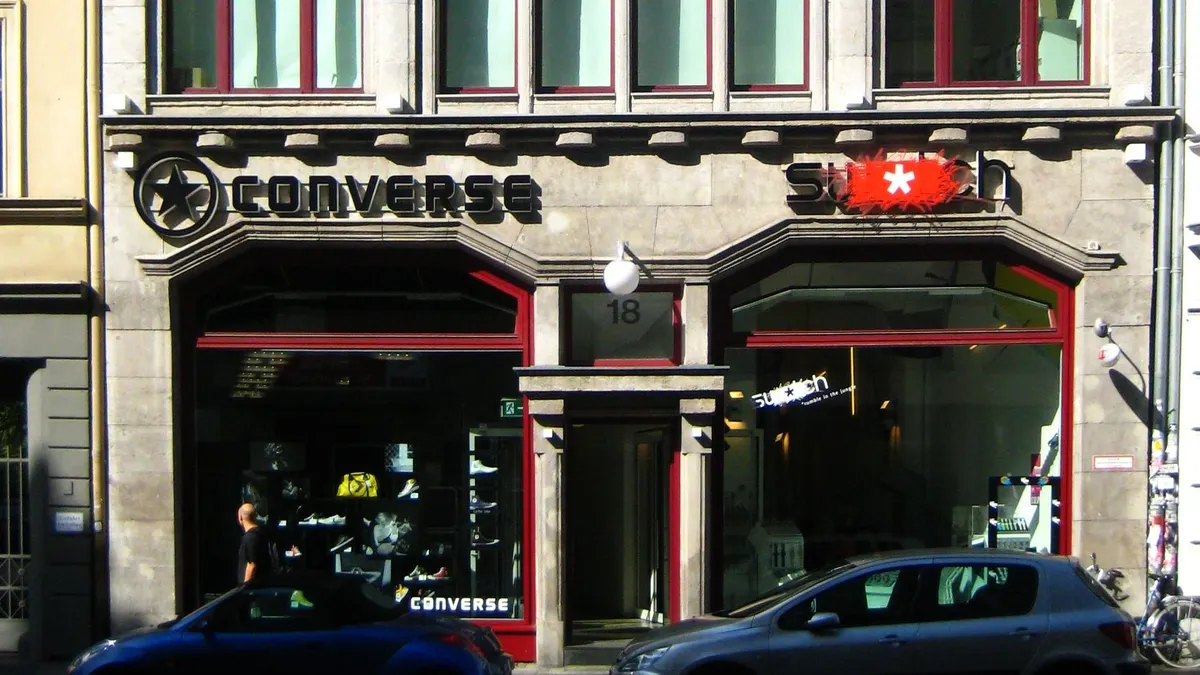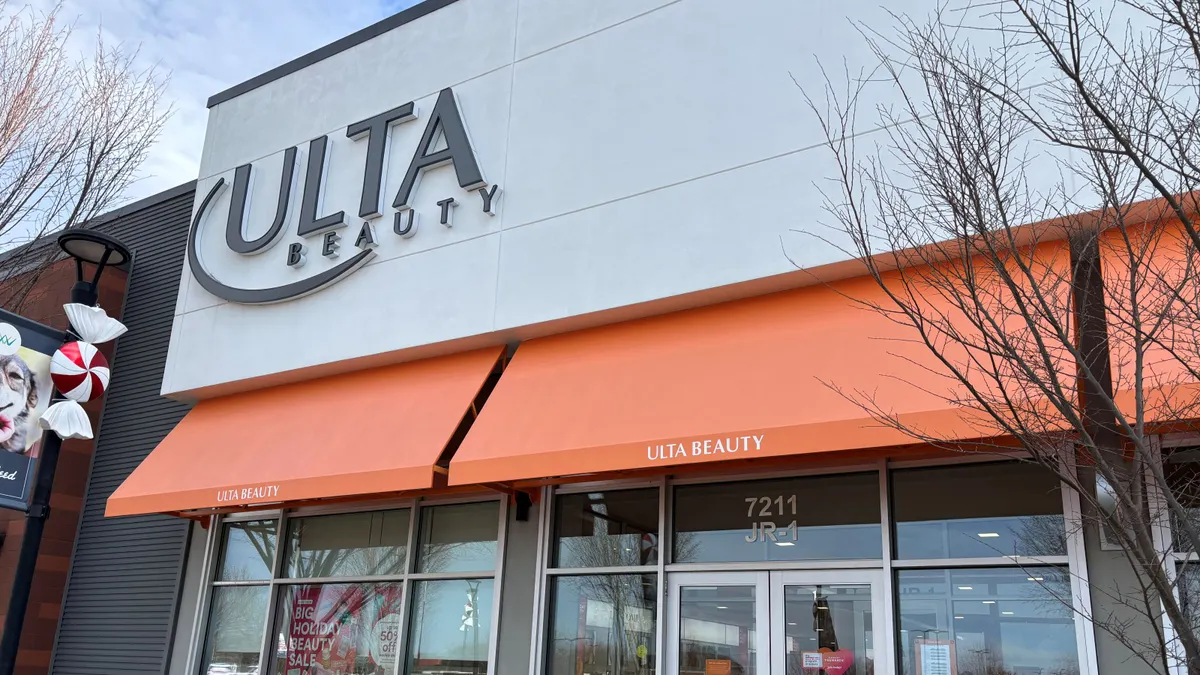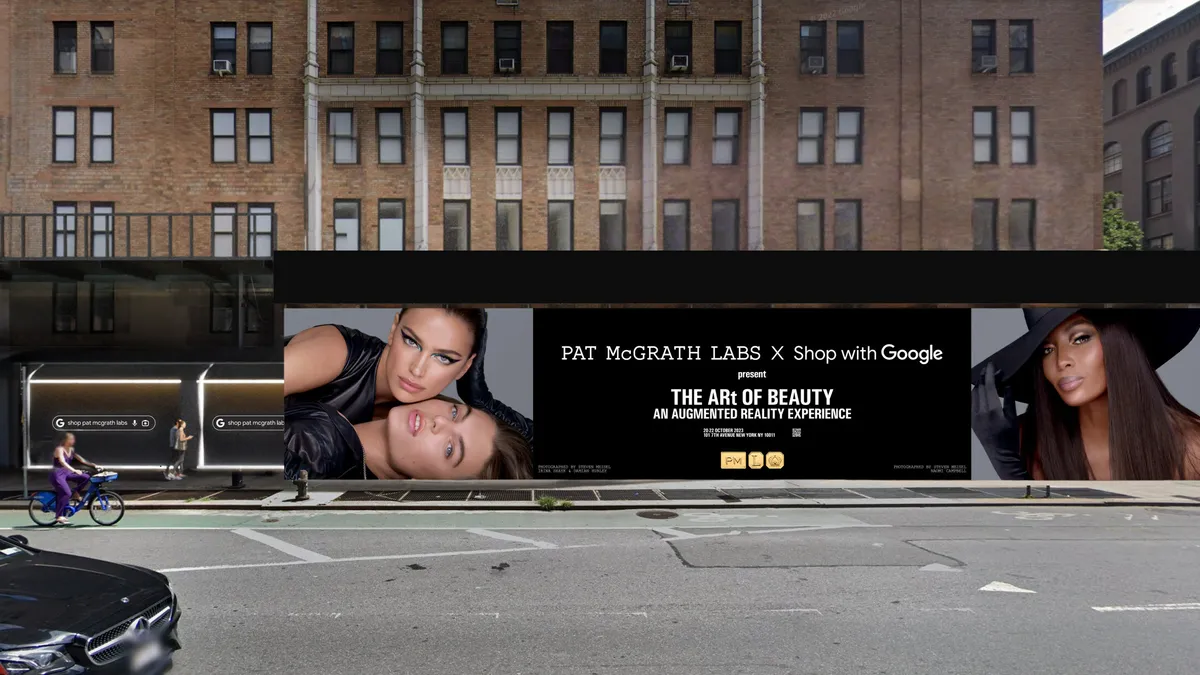UPDATE: October 3, 2018: In a Tuesday blog post announcing its wage increase, Amazon said that, because its hourly workers have said they prefer "the predictability and immediacy of cash" to receiving restricted stock units (RSU), which some companies use to compensate employees, it's phasing out its RSU grant program for stock that would vest in 2020 and 2021 and replacing it with a direct stock purchase plan before the end of next year. Amazon says that the net effect of the RSU change plus the higher wage "is significantly more total compensation for employees, without any vesting requirements, and with more predictability." The company also said that it's doing away with incentive pay, so workers will receive the minimum $15 without the need to meet performance targets. The company's health benefits remain the same.
Amazon's announcement Tuesday — to begin paying hourly workers at least $15 per hour — rocked the business and political worlds, and dominated social media (the hashtag #Amazon15 trended for hours on Twitter). After all, the move had America's foremost democratic socialist and one of its richest tech commerce titans coming together in a sort of economic kumbaya.
I want to congratulate Jeff Bezos for doing exactly the right thing by raising the minimum wage at Amazon and Whole Foods to $15 an hour.
— Bernie Sanders (@SenSanders) October 2, 2018
Let me thank the hundreds of Amazon workers who contacted my office and the Fight for $15 movement, which has been leading this effort.
The comment was profound coming from a lawmaker who fashioned the name of a bill: "Stop Bad Employers by Zeroing Out Subsidies Act," as "Stop BEZOS." Introduced in the U.S. Senate last month, the legislation proposes taxing corporations with 500 or more employees for the full amount they receive in government assistance benefits.
The Amazon founder and CEO's statement on the move also seemed out of character. "We listened to our critics, thought hard about what we wanted to do and decided we want to lead," Bezos said in a statement. "We're excited about this change and encourage our competitors and other large employers to join us."
He, too, made nice on Twitter.
Thank you @SenSanders. We're excited about this, and also hope others will join in. https://t.co/kasWkkOhWo
— Jeff Bezos (@JeffBezos) October 2, 2018
Why Amazon?
Sanders had been on Amazon's case since at least the summer, after reports found that some warehouse workers rely on federal SNAP benefits. That led to increasingly heightened public disputes between the two regarding the company's wages and working conditions, based in part on disclosures that its median worker salary is $28,000.
Amazon has been on the defensive before. Over the years, the company has been criticized for poor working conditions, although it's also garnered praise for its benefit packages and diversity hiring. An August campaign to have employees tweet out "nice things" for the company backfired, however.
Targeting Amazon was savvy. Sanders likely understood that Bezos, who has touted his company as a good corporate citizen during his search for a second headquarters, may be especially vulnerable to the criticism. Amazon has a lot to lose, considering younger consumers' values and its own fierce customer focus. Nearly half (46%) of consumers want brands to be transparent about employment practices on social media, half want visibility into business practices and more than half (53%) want to hear about company values, according to research from Sprout Social emailed to Retail Dive.
Amazon on Tuesday also said that it will lobby to get the federal minimum wage, which now stands at $7.25, to double to $15.
"The narrative that Amazon is an ungenerous employer at a time when the company's sales, profits and valuation are soaring does not play well among many customer segments," GlobalData Retail Managing Director Neil Saunders told Retail Dive in an email. "Amazon will hope that this move demonstrates its commitment to staff and their wellbeing."
The choice
In several fundamental ways, Amazon didn't have much of a choice. Its wage increase makes business sense and is dictated by a low-unemployment economy.
"Amazon's superior growth necessitates a lot of recruitment which is becoming increasingly difficult in a tight labor market. This is especially so over the holiday season," Saunders said. "Without a rise in wages, Amazon would be placing itself at a disadvantage in the labor market."
But the consideration was not likely only financial. As reports of subpar working conditions at Amazon have persisted over the years, the company was developing what could become an indelible reputation.
It's happened to another retail giant. For decades, Walmart (which made headlines of its own early this year by raising its starting wage to $11 per hour) has received criticism, not only from worker advocates over low pay, unfair labor practices and anti-union activity, but also from states and fiscal watchdogs who argue many Walmart employees are a significant drain on taxpayer-funded social welfare programs.
By contrast, Costco, which before Amazon's move offered retail's gold standard in hourly wages, consistently reports happy workers, low turnover and financial success, even during bumpy economic times and even under the shadow of Amazon. In June the membership retailer took some of its income tax savings to raise hourly wage rates from $13.50 per hour to $14.50 per hour, until Tuesday the highest in the industry, and said there was more to come.
That shows up on the store floor and leads to high productivity and customer approval, according to Mark Cohen, director of retail studies at Columbia Business School. "Indeed, Amazon has just jumped the fence from being viewed as exploitative to something far more akin to what Costco is famous for," he said.
The competition
The labor cost increase is going to pinch, but Amazon is in a good position to absorb it, and reap the benefits.
"They have the free cash flow and top line growth to support this, and, I'm quite positive, they are looking for the kind of superior productivity per associate that Costco enjoys," Cohen said.
Revenues from its cloud and advertising units also blunt the cost of Amazon's retail operations, and its investors are patient. "While Amazon can afford the increase, there will be an impact on the bottom line," Saunders said, adding that it won't be too obvious thanks to improving profitability and growing sales. "It is also the case that Amazon gets something of a free pass on profit levels from investors, so is able to manage market expectations."
Target, Walmart, Costco and others are now under pressure to follow. "In going to $15 an hour they leave Walmart, which last year went to $11 an hour, in the dust," Cohen noted.
Yet other retailers are not as financially protected as Amazon and could face challenges in raising wages further, Saunders warned. "Those moves could well impact earnings into the new year," he said.
While Bezos and Amazon are getting a lot of attention for the move, #Amazon15 may not be the end of it. For one thing, $15 per hour isn't a livable wage in most areas of the country, and many advocates said there's more for Bezos to address.
"While Amazon increasing the minimum wage for its U.S. workers is a good thing, the overall treatment of Amazon workers must change as well," Sijal Nasralla, a fellow at international consumer watchdog organization SumOfUs, said in a statement emailed to Retail Dive. "Unrealistic productivity goals, worker deaths, reports of workers being afraid to use the bathroom, and reports of suicide show that Amazon's worker abuses extend far beyond wages and into company practices as a whole."



















